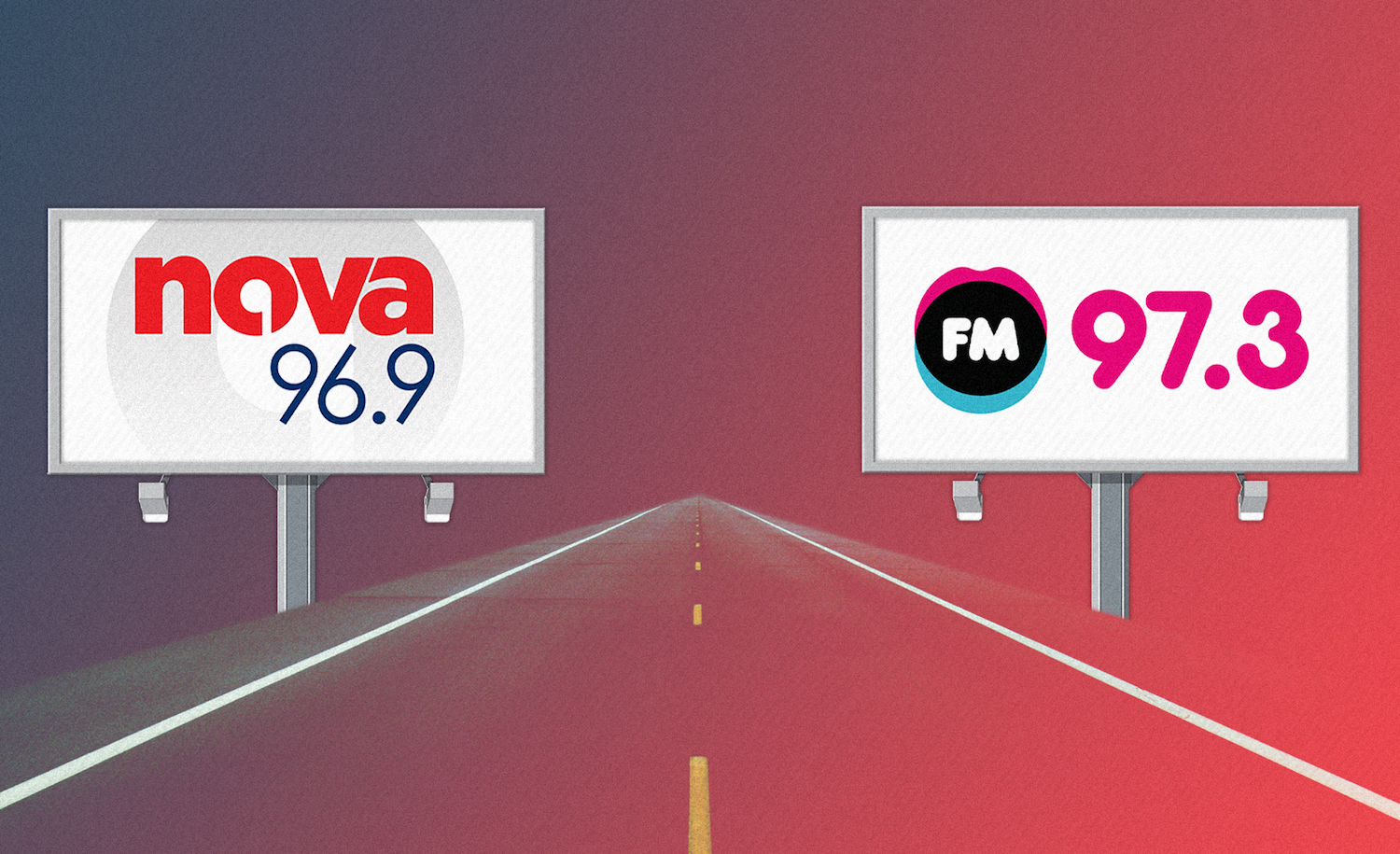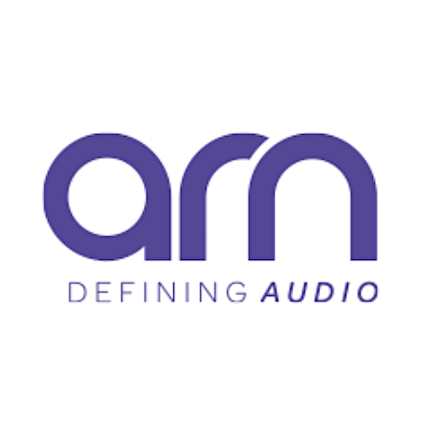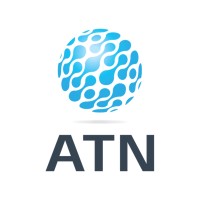Branding, recall & the future of frequency

Are we moving into an era where brand names are more important than frequency?
We’ve seen an increase in focus on brand names by some commercial and public radio networks, whilst frequencies remain a key part of the branding of others.
One recent example has seen the ABC rebrand its regional radio network to remove frequencies from the branding of its stations.
So why would a network do this when branding and recall are often associated with frequency as much as the name of a station?
The Cyclical Importance Of Frequency In Radio
In the early days of Australian radio, stations had names like 2GB or 3AW – and that was all that was promoted. All radios had dials and the names of the stations appeared on glass displays as you tuned your device.
The next phase saw frequencies added on all radios, with a digital set up to scroll through the frequencies. As a result, frequency became vitally important and prominent in radio advertising.
We now find ourselves in a new era where the multi-platform delivery of radio across digital devices in the home and in cars, and on apps and online, means that frequency is once again not as important.
So what’s next?
One industry insider tells Radio Today that before audiences have been fully able to adapt to multi-platform delivery, the radio industry has already taken another giant leap, from “the era of type” to “the era of talk”.
Before we look at the problems facing brands and recall in relation to smart speakers and in-home devices, it’s important to delve into the state of affairs today when it comes to branding.
Brand vs Frequency
Looking at the current state of commercial radio, some stations are better known by their frequency, and others by their brand name.
So why is this the case?
Stations like Fox FM/The Fox has a very strong heritage with its name.
“Fox was an original FM station in an uncrowded space, and FM was new & exciting, not a commodity,” Eriks Celmins, CEO of research provider Engage4Insights, tells Radio Today.
Celmins was also a founding member of the team that built and launched Nova, and was responsible for scoping, performing and analysing the research used to build the brand.
“You could lean on a cool name and be comfortable about people finding you,” he said.
But not all stations had it so easy. Others developed in more congested markets.
“During the 80s & 90s as AM music stations converted to FM, you had to move your audience with you and heavily promote the new frequency,” says Celmins.
As a result, frequency still plays a key role in recall for listeners, and many more loyal listeners still identify with the frequency first and foremost.
“Our brains like shortcuts. It’s much easier to mentally and verbally express where they find what they need,” Celmins says.
Several of ARN’s commercial stations have a frequency that doubles as the station name, looking at stations like 96FM or 97.3.
Then there are stations that combine both a brand name and a frequency, like Hit105 Brisbane and Nova 96.9 Sydney.
One industry insider tells Radio Today that the latter two groups have been the “smart radio brands” over the years, especially those who have put the two together in the brand name.
Building frequencies into brand names was a challenge from the start, especially for stations like Hit105 that have changed names on several occasions.
“B105 had the ultimate in character-economy for memorability,” explains Celmins.
“Brad March was able to take the B from 4BK-AM, add the FM frequency, shave off the .3 for a sharp ID, that included the first letter of the city, and the major sports teams – Broncos, Bullets.”
Nova 96.9 is one of the best examples of name and frequency fitting together perfectly, and Celmins reflects on the discussions when it came to branding the station.
“Nova was the last cab off the rank, we knew we had to cut through in a more congested FM market.”
“As it turned out in Sydney, the alliteration with ‘Nova’ and ‘9’ was a useful touch, along with calling it 9-6-9 as part of [the slogan] ‘Sounds Different”.
The Importance Of Recall
Recall is perhaps most vital when it comes to radio ratings. Ratings are key for advertisers choosing where to spend.
In Craig Bruce’s Game Changers: Radio survey wrap, he speaks of the challenges of attributing a show to the right station, especially if the show has moved.
Bruce, who was in programming and head of content roles between 1990 and 2015 at Austereo and SCA, said the current system is prone to errors.
“You’ll often ask people what station they listen to and they’ll name the talent but attribute it to the wrong station,” he explained.
“In a survey-diary system it’s all about recall,” adds Celmins.
“And at the critical time when listeners decide who to credit with their listening, even several hours or days ago, you’re fighting for every scrap of memorability, to separate you from a competitor and not be mistaken for them.”
So we can agree that it’s important to ensure when branding a station, that future recall is a key part of the decisions that are made.
What Challenges Does The Future Hold?
Looking to the future and the era of smart speakers, there are now new challenges.
To understand potential new challenges, it’s important to think of the old radio station as a radio brand and have a think about basic brand positing, explains an industry source.
“People have emotive connections to brands and brands have names, not numbers.”
New technology is also providing battles for radio branding and frequency.
Most voice-activated smart speakers on the market can’t understand the word “point” when a listener requests a station (e.g. “KIIS One Oh Six Point Five”).
Celmins says that this is certainly a downside, but believes that technology will develop and adapt rather than radio brand names needing to change to make sense to voice assistants.
Smart speakers will grow and integrate with everyday life, so stations obviously need to be aware of this new twist in branding.
“If PPM eventually becomes the survey methodology then this kind of technology convergence will make frequencies less of an issue.
“I can envisage stations spending more time on making sure their overall name and show names are smart-speaker friendly in the local accents. Lots of hard consonants!”
It’s looking like a slow move away from frequencies then, but whether they will fade out of relevance entirely is difficult to say.
While there are still plenty of homes and car radios with frequency dials, frequency still plays an important role, and one would think that stations like Hit105 and Nova 96.9 remain at an advantage during this next phase.



Great article! Nice one RT. I wonder if a portion of the Fox’s success over the years is because you can say “the fox” to anyone in Melbourne and they know what you’re talking about. Not sure “hit105” is memorable in the same way. Fox 105?
Fox is iconic because it has been consistently well programmed, pretty much from the time Paul Thompson and Greg Smith got hold of it and it holds those standards today.
You raise some very interesting issues that radio marketers will have to contend with in the future.
the audience of Perth refer to most stations as frequency
91 – 917 The Wave
92 – Hit 929
93 – Nova 937
94 – Mix 94.5
96 – 96FM
97 – 973 Coast FM
However on AM, it’s names, 6PR, ABC, 6IX
I’ve never come across it to this extent in other markets.
Good read. I always thought the B in B105 stood for Brad though.
Sure Allen everyone knows that, the Fox has been the best-run radio station in the country for the last 30 years and it still is. But you dont reckon a catchy memorable name helped out even 1%? 2% maybe?
Nova is by far the stand out station brand name. Hit is the blandest. And I think the ratings around Australia reflect that. Triple M is a dinosaur and all it means is old rock music from years gone by. Best branding campaign they ever did was rock, sport and comedy, now its rock, sport, rock and more sport. The frequency names will become redundant eventually.
Watch this space.
I often have trouble with my smart speaker understanding a name like “ok google play five aa” but “ok google play 1395” works every time. I rarely ever ask my smart speaker to play FM stations because I never listen to FM in bed while I sleep. I do that during the day, either on my phone or on a pocket radio (yes with a dial).
DAB+ is largely irrelevant to me now. I rarely use it, preferring bluetooth and a phone instead or AM/FM. FM has better sound quality and the reception is better. Internet broadcasting has by far better sound quality than any of them.
I largely stay away from music stations that only broadcast in 48kbps AAC, even if I like the content. Talk stations are fine at that bitrate. I can always find the same content or better on stations broadcasting at either 128 or 320kbps bitrates or even lossless flac (1100kbps).
Stations currently are listed as call sign ie Nova as well as frequency. Diaries here are aided recall. Will all change anyway when we ( finally ) get electronic measurement.
Hey Jason are you 70 ?
I still think it was a mistake to re-brand SAFM and B105 as HIT. If they’d done the same to Fox it would’ve been a disaster.
Ive got a good name for a station ” The Squirell ” would work.
Radio nerd you are right why did they change B105 and SAFM they just blew up years of heritage. Dumb !
Lets not forget the importance of talent brands. All KIIS means is Kyle and Jackie.
Triple M Melbourne means Eddie McGuire. Nova is Kate Tim Marty. 2GB means Alan Jones etc etc The station brands mean nothing without the talent. The talent brands are bigger than the stations
The frequencies days are almost over. FM radio will be dead in 5-7 years it will all Be Digital, App, Online. So bland meaningless brand names like Hit will be largely irrelevant. Nova, KIIS, Gold will be fine. Goodbye 973 and 96 etc
Think you’ll find Brian Ford, Jeff Allis and Brad March turned FOX into the powerhouse it is today. First CHR FM in Australia.
Sorry to correct you Rob , but Fox was number one while Brad & Brian were in Brisbane and before Jeff was even in the game. There’s little doubt they were co contributors and evolved the brand to maintain great standards particularly in response to Nova’s introduction but it was market leader well before that.